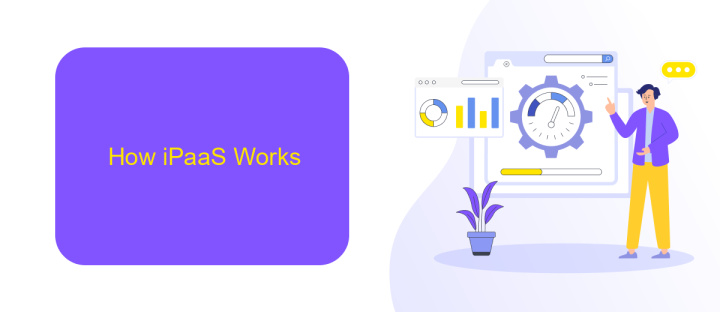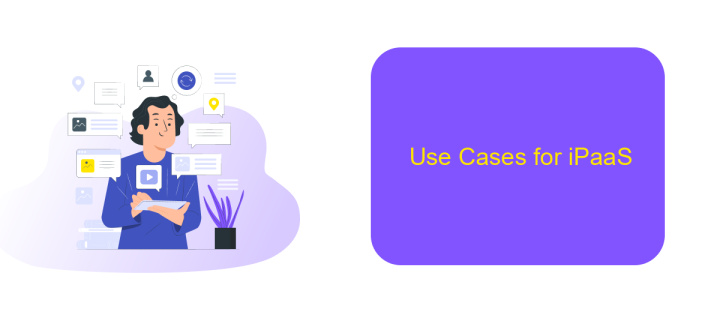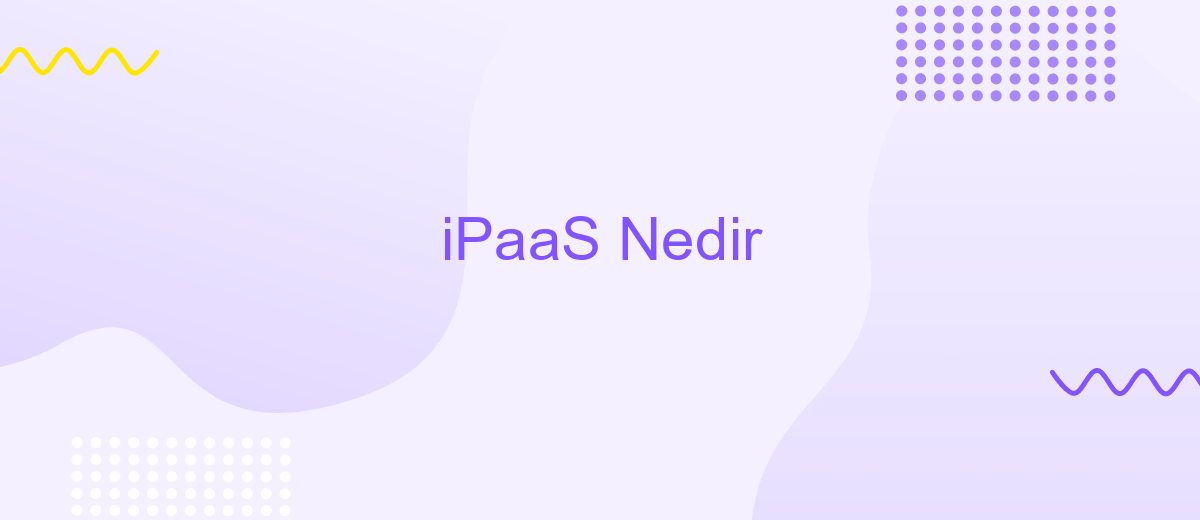iPaaS Nedir
iPaaS, or Integration Platform as a Service, is a cloud-based solution designed to streamline the integration of various applications and data sources within an organization. By providing a unified platform, iPaaS enables seamless connectivity and communication between disparate systems, enhancing operational efficiency and agility. This article explores the core concepts, benefits, and use cases of iPaaS, highlighting its importance in modern enterprise environments.
Introduction to iPaaS
Integration Platform as a Service (iPaaS) is a suite of cloud services enabling the development, execution, and governance of integration flows connecting any combination of on-premises and cloud-based processes, services, applications, and data within individual or across multiple organizations. By using iPaaS, businesses can streamline their operations and improve efficiency.
- Seamless connectivity between diverse applications and services
- Real-time data synchronization and processing
- Scalability to handle growing business needs
- Reduced operational costs and complexity
One of the notable tools in the iPaaS landscape is ApiX-Drive, which simplifies the integration process by providing a user-friendly interface for setting up and managing integrations. ApiX-Drive allows businesses to connect various applications and automate workflows without needing extensive technical knowledge, thereby enhancing productivity and operational efficiency.
How iPaaS Works

iPaaS (Integration Platform as a Service) is a cloud-based solution that enables seamless integration of various applications, data, and processes across different environments. It works by providing a centralized platform where users can connect disparate systems using pre-built connectors and APIs. These connectors facilitate communication between applications, ensuring data consistency and real-time information flow. Users can design, execute, and monitor integration workflows through an intuitive interface, making it easy to manage complex integrations without extensive coding knowledge.
For example, ApiX-Drive is a service that simplifies the setup of integrations by offering a wide range of pre-configured connectors for popular applications. This allows businesses to automate data transfers and synchronize information across multiple platforms effortlessly. By leveraging iPaaS solutions like ApiX-Drive, organizations can enhance operational efficiency, reduce manual errors, and achieve faster time-to-market for their digital initiatives. Additionally, iPaaS platforms often provide robust security features and compliance with industry standards, ensuring that data is protected throughout the integration process.
Benefits of Using iPaaS

Integrating various applications and services can be a complex task, but iPaaS (Integration Platform as a Service) simplifies this process significantly. By using iPaaS, organizations can streamline their workflows, reduce manual efforts, and enhance overall efficiency.
- Seamless Integration: iPaaS platforms, like ApiX-Drive, offer an intuitive interface to connect different applications effortlessly, ensuring data flows smoothly across systems.
- Cost-Effective: By automating integrations, companies can save on development and maintenance costs, allowing them to allocate resources more effectively.
- Scalability: iPaaS solutions are designed to scale with your business, accommodating growing data volumes and increasing numbers of integrations without compromising performance.
- Real-Time Data Synchronization: With iPaaS, data is synchronized in real-time, ensuring that all systems are up-to-date, which is crucial for making informed business decisions.
- Enhanced Security: iPaaS providers implement robust security measures to protect sensitive data, ensuring compliance with industry standards and regulations.
By leveraging the capabilities of iPaaS, businesses can achieve greater agility and responsiveness. Platforms like ApiX-Drive make it easier to manage integrations, enabling companies to focus on their core competencies and drive innovation.
Use Cases for iPaaS

Integration Platform as a Service (iPaaS) is a versatile solution for businesses looking to streamline their processes and enhance connectivity between various applications and systems. By leveraging iPaaS, organizations can significantly reduce the complexity and time required to integrate disparate software, ensuring seamless data flow and improved operational efficiency.
One of the primary use cases for iPaaS is automating workflows across different departments. For instance, sales, marketing, and customer support teams can benefit from real-time data synchronization, which helps maintain consistency and accuracy in customer information. Additionally, iPaaS platforms like ApiX-Drive offer user-friendly interfaces for setting up and managing integrations without extensive coding knowledge.
- Automating data synchronization between CRM and ERP systems
- Integrating marketing automation tools with email platforms
- Connecting e-commerce platforms with inventory management systems
- Streamlining HR processes by integrating payroll and employee management systems
Another significant advantage of iPaaS is its scalability. As businesses grow and their integration needs evolve, iPaaS solutions can easily adapt to handle increased data volumes and more complex workflows. By utilizing services like ApiX-Drive, companies can ensure their systems remain interconnected, agile, and ready to meet future demands.
Choosing and Implementing an iPaaS Solution
Choosing the right iPaaS solution involves evaluating your business needs, existing infrastructure, and integration requirements. Begin by identifying the specific applications and data sources that need to be connected. Consider factors such as scalability, security, and ease of use. Research various iPaaS providers, examining their features, support, and pricing models. Tools like ApiX-Drive can simplify the integration process by offering pre-built connectors and user-friendly interfaces, making it easier to link disparate systems without extensive coding.
Implementing an iPaaS solution requires careful planning and execution. Start with a pilot project to test the platform's capabilities and address any potential issues. Ensure that your team is adequately trained and understands the iPaaS environment. Monitor the integrations closely during the initial phase to ensure data flows seamlessly between applications. Leverage the support and resources provided by the iPaaS vendor, such as ApiX-Drive, to troubleshoot problems and optimize performance. Continuously review and refine your integration strategy to adapt to evolving business needs and technological advancements.
- Automate the work of an online store or landing
- Empower through integration
- Don't spend money on programmers and integrators
- Save time by automating routine tasks
FAQ
What is iPaaS?
How does iPaaS work?
What are the benefits of using iPaaS?
Can iPaaS be used for both cloud and on-premises applications?
How can iPaaS help in automating business processes?
Do you want to achieve your goals in business, career and life faster and better? Do it with ApiX-Drive – a tool that will remove a significant part of the routine from workflows and free up additional time to achieve your goals. Test the capabilities of Apix-Drive for free – see for yourself the effectiveness of the tool.


